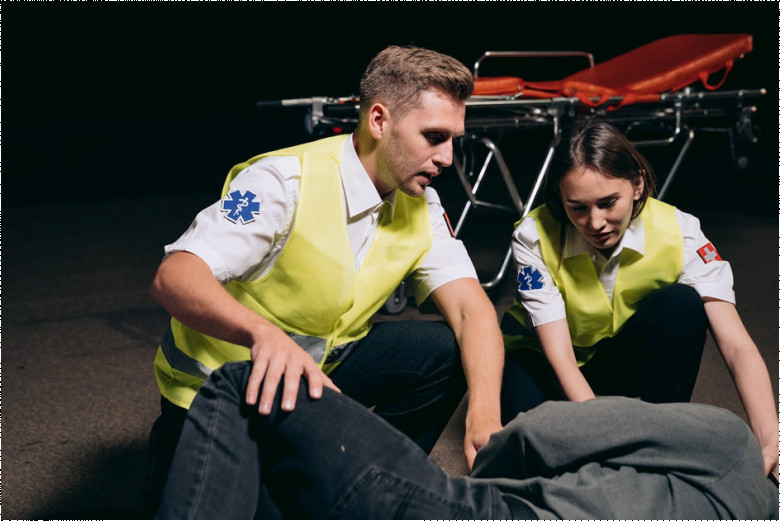views

· Economic damages
· Non-Economic damages
Economic losses are the tangible losses a victim suffers in an accident. The hospital expenses the victim will have to bear and the money spent on fixing a damaged car are a few examples of economic losses. These are rather easy to calculate and prove. But the non-economic damages to calculate in a personal injury claim are a completely different ball game. You will need the help of one of the best personal injury law firms in your area.

What are Non-Economic Damages?
As said before, economic damages are the tangible losses a victim suffers. Non-economic losses are exactly the opposite. These are the real losses a victim sustains, but the extent of their damage is harder to prove as it varies from person to person.
The following losses fall under non-economic damages:
· Pain and Suffering
· Emotional Distress
· Loss of companionship
· Loss of enjoyment of life
· The psychological impact of a disfigurement or disability
One look at the list above makes it clear why non-economic damages are hard to calculate.

When the victim approaches the at-fault party’s insurance company with a compensation claim, the company assigns an insurance adjuster to the victim. The purpose of this insurance adjuster is to investigate the claim and, if found true, prepare an offer. The offer from the insurance adjuster isn’t a good indicator of the victim’s losses, as it is prepared with the intention of closing the claim quickly. Also, if insurance companies start being fair, they’ll go bankrupt.
This is where a lawyer will come in handy. The lawyer knows how to tackle the insurance adjuster and calculate non-economic damages.
Calculating Non-Economic Damages
When it comes to calculating non-economic damages, two approaches are used. They are:
· The Multiplier Method
· The Per Diem Method
We’ll discuss both approaches in the sections below.
The Multiplier Method
In the multiplier method, the victim’s economic damages are multiplied by a value between 1.5 and 5. The following factors are considered when arriving at a final multiplier amount:
· The extent of the condition
· The impact of the condition on the victim’s life
· The numerous treatments the victim has to take to tackle the condition
Once this number has been finalized, it will be multiplied by the estimated value of economic damages.
The following example makes it easy to understand the multiplier method.
Matt, a construction worker, suffered burns in an accident. Even after recovery, he experienced flashbacks that kept him awake at night. Matt was awarded $45,000 as compensation for the hospital expenses and treatments he had undergone. Matt’s emotional condition, often a symptom of post-traumatic stress disorder, is assigned a value of 2.5 by his lawyer. As a result, Matt’s lawyer requests a total of $112,500 as non-economic damages.
The Per Diem Method
Per diem is Latin for “by the day”. There are no multipliers involved in the per diem method. Instead, the lawyer will consider the number of days the victim’s condition is expected to last. This number is multiplied by a flat rate to arrive at the final number for non-economic damages. The flat rate considered is often the victim’s daily wage.
Let’s consider Matt’s case from the previous example. Matt earns $20 per hour and works for eight hours a day. This means that Matt earns $160 per day. Assuming that Matt’s condition will approximately last for 90 days, his daily wage will be multiplied by 160. This makes Matt eligible for $14,400 as non-economic damages.
Final Thoughts
Non-economic losses are as damaging as economic losses. But since non-economic losses are intangible, calculating them is difficult. With the help of a lawyer, one can prepare a fair estimate for their losses and get all the assistance they need to recover them.












